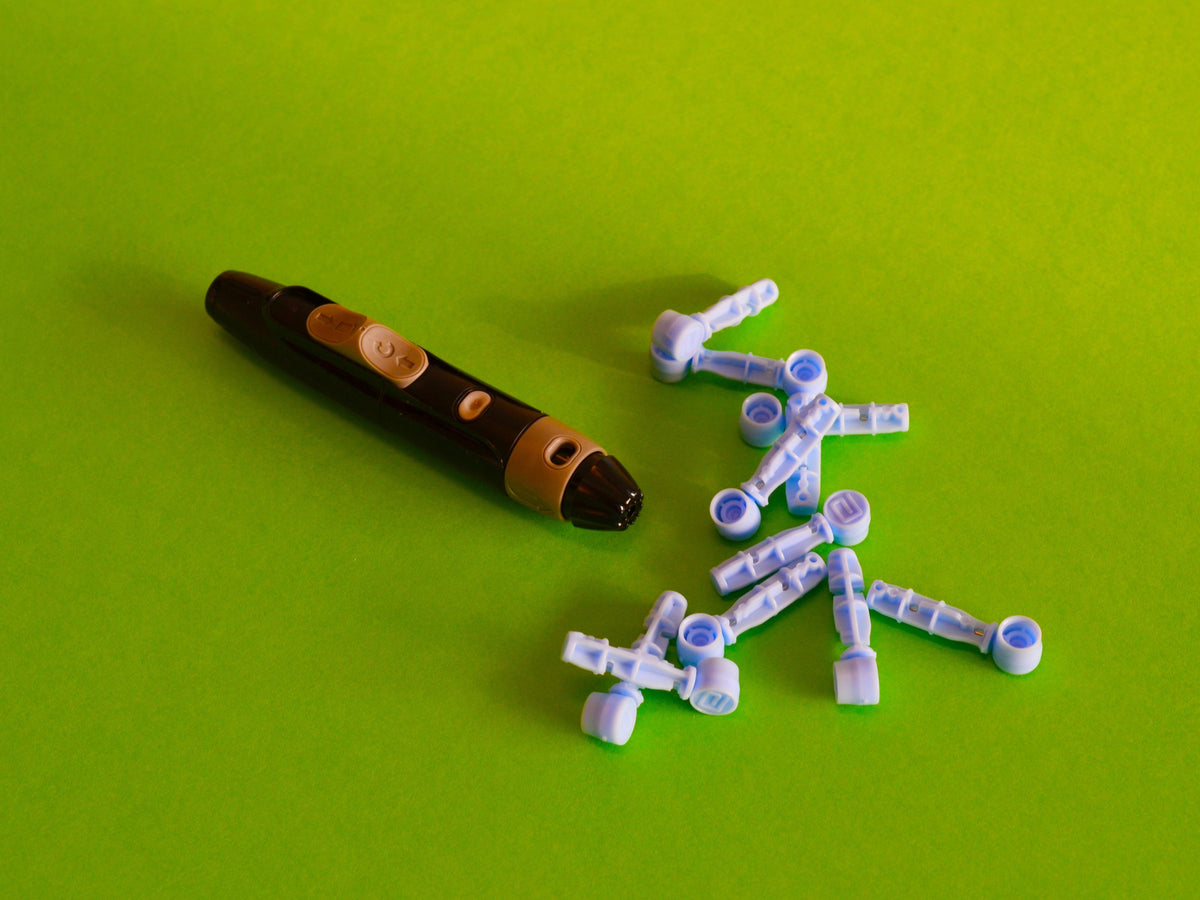First-time visitors to Georgia often want a clear, stress-free introduction that balances culture, nature and everyday comfort. Many begin in Tbilisi, where the airport sits close to the city centre and the compact Old Town allows easy walking between the sulphur baths, Narikala cable car and riverside viewpoints. Sustainable travel here means choosing walkable routes, local cafés and small hotels that support the community. Short trips to Mtskheta add historical depth without long drives, while Kakheti introduces wine traditions through slower, guided visits that reduce unnecessary transport. Some travellers combine Tbilisi with Batumi, using efficient internal travel rather than multiple flights. At Friendly Turtle EcoBlog, we encourage first-time visitors to travel Georgia responsibly by pacing itineraries, staying in family-run guesthouses, joining small-group tours and respecting local ecosystems. These mindful choices help reduce environmental impact while still offering a rich, authentic experience of Georgia’s cities, landscapes and traditions.
Share your articles with us and get published! Reach out at hello@friendlyturtle.com.
Eco-Innovations in Diabetes Treatment: A Journey through Sustainable Medicine for Health and Planet

Diabetes afflicts over 400 million people globally, making it one of the world’s fastest-growing chronic diseases. As the number of diabetics worldwide continues to rapidly increase, the environmental impact of current diabetes treatment options has become a significant concern. Most medical treatments and testing supplies require substantial amounts of raw materials, energy, and waste disposal, taking a major toll on the planet.
At the same time, improving health outcomes for the rising number of diabetics is an urgent priority. In light of both the health and environmental impacts, there is a pressing need to transition to more sustainable technologies and medical practices for managing diabetes.
This article traces the evolution of greener solutions aimed at improving the lives of diabetics while reducing ecological harm. Inventors make eco-friendly diabetes treatments, like glucose monitors with less waste and plant-based insulin. These technologies and practices can effectively treat diabetes and its complications. They do not use excessive natural resources or create excessive waste.
The Early Environmental Toll of Diabetes Care
In the early 20th century, insulin derived from animal sources first revolutionized diabetes care. However, the scaled production of animal insulin and its expanding use amongst patients brought rising chemical pollution and biological waste. Later, the emergence of human insulin from recombinant DNA technology in the 1980s promised reduced reliance on animal agriculture. However, both forms of injectable insulin still produced over 160 million discarded needles and syringes per year in the 1990s.
Meanwhile, the emergence of crucial Type 2 diabetes drugs like metformin in the 1950s also had an ecological impact through traces that entered wastewater systems. Overall, the rapid growth of the diabetic population worldwide amplified calls for greener solutions.
Regulation Begins Addressing the Eco-Impact of Drugs
In the 1990s, environmental concerns around pharmaceuticals, including diabetes treatments, started gaining regulatory attention. For example, the US Environmental Protection Agency began drafting guidelines for greener pharmaceutical production methods. Such regulations incentivized companies to develop eco-friendlier drug production processes.
Additionally, governments began passing laws, like the Resource Conservation and Recovery Act, to establish disposal guidelines for medical sharps waste. Such regulations drove the invention of alternative insulin delivery methods besides injections. Regulation has thus been an important push factor for sustainability-focused innovation in medicines.
Progress in Waste Reduction and Recycling
In recent years, concerted efforts have been made to develop recyclable alternatives to daily-use diabetic care products which contribute so heavily towards waste. For example, reusable insulin pens and pump parts help cut down on plastic disposables. Companies have also devised take-back programs for used needles and testing strips to reduce sharp pollution. Further, technology for retrieving unmetabolized metformin from wastewater for reuse is evolving.
Besides recycling, reducing overall material inputs in medicines also gets increasing focus. For instance, production methods for insulin and metformin are being optimized to improve drug yields from raw materials. Waste-reducing innovations in delivery methods, packaging, disposable production, and drug recycling continue to shape a greener future for diabetes care.
The Promise of Green and Sustainable Technology
Technology has huge promise for driving sustainability in diabetic treatment by improving precision medicine and enabling smart resource use. For example, innovations like continuous glucose monitoring devices allow ultra-precise, personalized insulin dosing to minimize waste. Similarly, big data analytics help physicians understand medicine impacts and prescribe accordingly.
Meanwhile, green chemistry techniques allow safer chemical syntheses. Green engineering principles facilitate optimal renewable energy and water use in drug manufacturing as well as biocompatible medical devices. Overall, technology is crucial for balancing health outcomes with ecological wellbeing.
Exploring Natural and Holistic Therapies
Beyond manufactured treatments, researchers are also revisiting certain holistic therapies for managing diabetes sustainably. For instance, herbal medicines and yoga show promise for complementing conventional approaches. Such integrative techniques align with the renewed focus on lifestyle and nutrition for managing type 2 diabetes. They may potentially reduce reliance on pharmacological interventions over the long term.
The Role of Public Awareness and Policy
Raising public awareness about the environmental impacts of diabetes treatment can drive consumer demand for eco-friendly products and services. This can incentivize companies and regulators to take action. Additionally, international policies and accords for greener pharmaceutical production and disposal will enable shared best practices globally.
Partnerships Between Health and Environment Groups
Partnerships between health advocacy groups and environmental organizations can align priorities to lobby for sustainability in diabetes care. They can leverage their distinct expertise and networks to promote greener treatment options through awareness campaigns and policy proposals. Such collaborative efforts are vital for addressing this complex challenge.
As diabetes continues its rapid global growth, bringing treatment methods into balance with ecology is critical. The future will be shaped by progress in various areas such as rules, recycling, sustainable tech, and natural solutions. These areas have seen changes in greener practices over time. Innovation towards eco-friendly yet effective treatment will be key to delivering improved public health amidst environmental challenges.
0 comments
Let customers speak for us
Blog posts
A calm, multifunctional garden can be more than a pretty backdrop it can become a practical extension of your home that supports slow mornings, outdoor meals, and genuine downtime. In this Friendly Turtle EcoBlog guide, we look at simple, sustainable ways to shape an outdoor space that feels organised, welcoming, and easy to use throughout the week. Start by creating clear “zones”: a quiet seating corner for reading, a dining spot for relaxed lunches, and a flexible open area for play or potting. Light-touch structures, such as an airy pergola or a sheltered veranda, add definition without blocking daylight, making the garden usable in changeable weather. Keep the mood restful with layered planting: evergreens for year-round structure, seasonal flowers for colour, and lightly scented herbs near paths. Choose reclaimed or recycled materials where possible, add soft warm lighting, and reduce water waste with mulch and a simple rainwater butt. The result is a garden that feels calm, functional, and kinder to the planet.
Finding the right mental health support in Woodland Hills starts with checking credentials, treatment approach and access to care. Look for licensed clinicians with training in evidence-based therapies such as CBT or DBT, and ask whether programmes offer coordinated psychiatry, talking therapy and crisis support when needed. The best providers also explain your options clearly, from outpatient sessions to more structured day programmes, and may include complementary practices that support recovery, such as mindfulness, movement and nutrition guidance. At Friendly Turtle EcoBlog, we often explore how everyday choices shape wellbeing; this guide applies the same practical lens to mental health care, helping you compare services, understand what ‘holistic’ really means, and choose a setting that feels safe, respectful and tailored to your needs. It also highlights practical questions to ask about availability, confidentiality, fees and insurance, so you can make a confident, informed decision.



